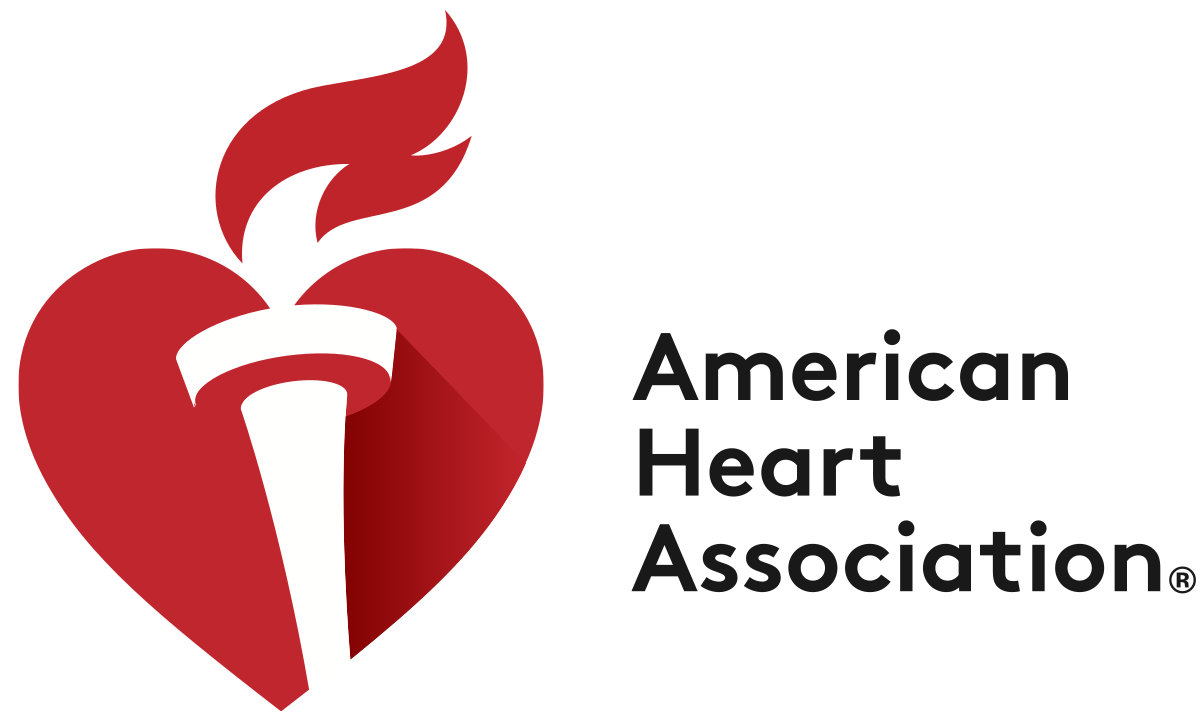![]()
Blog @ SunTech
Advice from the BP Measurement Experts
New Guidelines for Measuring Blood Pressure from the American Heart Association

The American Heart Association just released a scientific statement on blood pressure (BP) measurement that outlines new guidelines for accurately measuring blood pressure. This is the first time the AHA has made significant updates to their recommendations since 2005. In the statement they describe and compare different methods of measuring BP and make many recommendations. What are the key points that a physician should learn from this new paper?
Training Is Critical For Selecting BP Technique And Performing Accurate Measurements
From mercury sphygmomanometers to in-office BP monitors to ambulatory blood pressure monitors, there are many ways to measure blood pressure. There are advantages and disadvantages to each technique. Even on the same patient, different techniques can produce different results, so it is important to select a measurement method that will give accurate results before making any diagnoses.
Manual BP
The traditional auscultatory method uses a cuff, a sphygmomanometer, and a stethoscope to listen for the appearance and disappearance of Korotkoff sounds. It is crucial to select the correct cuff size in order to ensure an accurate reading. Another key aspect of measuring BP using the auscultatory method is inflating and deflating the cuff at the appropriate speeds. If the deflation rate is too fast, the BP may appear to be lower than it actually is.
Automated BP Monitors
Oscillometric devices are automated machines that use algorithms to determine systolic and diastolic blood pressures. Similarly to the auscultatory method, cuff size selection is very important in getting an accurate measurement. When used in the office, some oscillometric devices can be used to measure unattended automated office BP (AOBP). This means that the device can obtain the patient’s readings automatically, without a staff member present. Unattended AOBP has been reported to be close to the accuracy obtained with ambulatory BP monitoring (ABPM).
ABPM is measurement of BP over a 24-hour period, while the patient is at home. This technique is able to identify BP patterns that cannot be identified when only measuring BP in the office. These BP patterns include nocturnal hypertension, white-coat hypertension, masked hypertension, nocturnal dipping. In fact, ABPM is the only technique that is able to identify the BP patterns that only occur during sleep. However, a patient’s nocturnal dipping status has been found to predict cardiovascular organ damage risk. BP can also be measured at home using home BP monitoring, however this technique does not give the same amount of data that the ABPM technique does and is not as preferred for diagnosing hypertension.
Some Important BP Phenotypes Can Only Be Measured At Home
Some patterns of BP can only be detected if BP is measured outside of an office setting. For example, masked hypertension occurs when a patient has an out-of-office BP in the hypertensive range but presents with a BP not in the hypertensive range when BP is measured in the office. It is estimated that 17 million adults in the US have masked hypertension. A patient with masked hypertension is at risk for target-organ damage. Without measuring BP outside of the office, such as with an ABPM study, the hypertension may not be diagnosed or treated.
Other BP patterns that can only be measured at home include the effect of sleep on a patient’s BP. High BP measurements during sleep is associated with a higher risk of cardiovascular disease than high BP while awake. ABPM is currently the only validated method to assess nocturnal BP levels. Another important factor to measure is the morning BP surge. This is the rise in BP that typically occurs after the patient wakes up from sleep. A very large morning surge could indicate higher risk of cardiovascular disease.
Upper Arm BP Measurement Is Still The Recommended Method
The paper discusses some of the newer technologies that can be found on the market today, including finger cuffs, wrist monitors, tonometry, and others that don’t require a cuff around the upper arm. The paper reviews the benefits and issues with each technology, but ultimately leaves upper arm measurement as the standard, most highly recommended technique. The primary concern with measurement at sites other than the upper arm is the position of the measuring device relative to the heart. Accurate blood pressure readings can only be obtained at heart level due to hydrostatic pressure differences when the measurement device is above or below the heart.
Finger cuff systems typically give values that are lower than a reference device reading, so physicians are cautioned against using them to diagnose or manage hypertension, despite some finger cuff systems having validation studies completed. Wrist monitors are clearly convenient for measuring BP in patients, however, the issue of positioning of the device is critical with these systems. During measurement, the monitor must be directly over the radial artery and the wrist must be at heart level. These restrictions to get an accurate measurement can mean that they are not recommended for routine clinical use. Tonometry measurement systems are another alternative method to measure BP. However, these systems often require a highly trained technician to be accurate. Other wearable BP measurement systems that do not require a cuff are also not recommended at this time to make a hypertension diagnosis due to the lack of accuracy and need for frequent calibration.
Certain Populations Have Special Considerations When Measuring BP
Additional care should be taken when measuring BP in certain special populations, such as children, pregnant women, obese patients, patients with arrythmias, and older individuals. These special populations may be more likely to have certain conditions and it is important to be aware of that when measuring BP and diagnosing hypertension. For example, older individuals are more likely to have white-coat hypertension and pseudohypertension. The paper addresses some of the extra factors to consider when treating populations like this.
It is also important to select a BP measuring device carefully when diagnosing hypertension in these identified special populations. Children and pregnant women are populations that require a separate validation of the BP device. Just because a BP device has been validated does not mean that it has a validation for these special populations. When selecting a BP device to purchase, this may be a factor in the decision if it is likely that the device will be used to measure BP in these populations.
What are your thoughts on the new Blood Pressure guidelines from the AHA?
Let us know in the comments below.
Interested in getting more SunTech news, product info, as well as
tips, tricks, and insights from BP experts?
Sign up to get fresh content delivered direct to your inbox.



